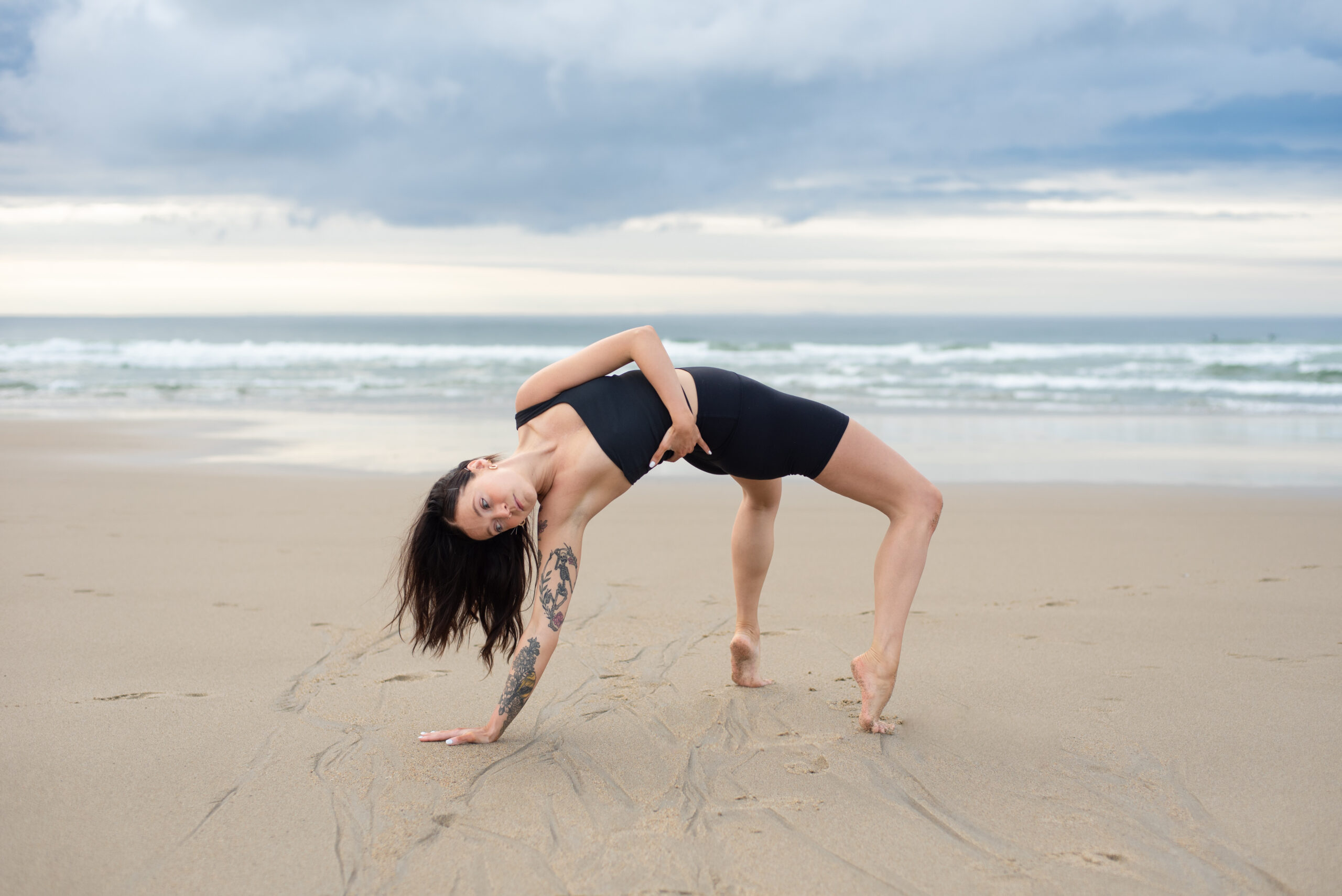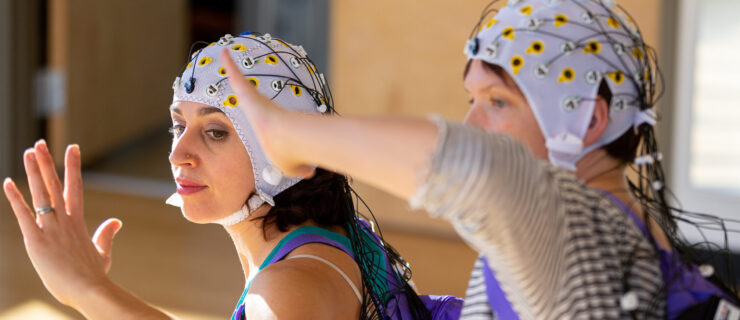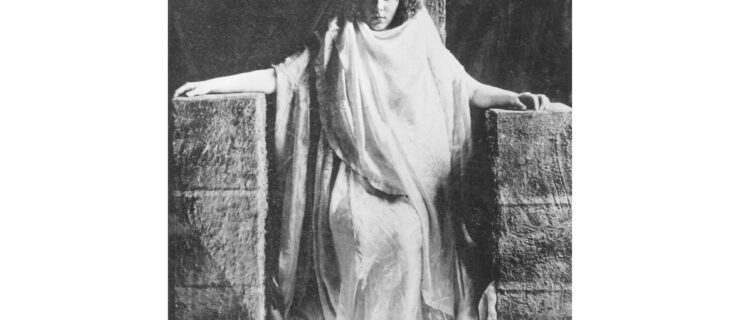Queer Women Are Disconcertingly Absent From the Pages of Dance History. Where Are They?
It’s 2009, and my high school self is in the studio choreographing a new duet with my best friend to Pink Floyd’s “Wish You Were Here.” The company director pokes her head in and disparagingly tells us the song and movement choice makes us look like “a couple of lesbians.”
We stand in stunned silence. I grew up in a performing arts family and had never once correlated being gay with being bad. My director’s tone, however, tells me a very different story. My brain files the conversation under the heading “Being a Lesbian Dancer Is Not Okay.”
I wish I could say that after high school, my world opened up wide, and I saw an abundance of representation within the dance world. I didn’t. Though I had out-and-proud peers, they were the subjects of frequent whispers. I still didn’t see any female or female-identifying professionals out. I didn’t have my first queer female teacher until graduate school. I went through multiple dance history courses without so much as a mention of a queer female.
I came out publicly after completing my MFA. As I continued to study dance history, it felt odd not to see myself in anything I was reading and watching. It really seemed as though queer women were just absent from the dance history canon. In contrast, queer men were widely acknowledged—we know about Alvin Ailey, Bill T. Jones, Merce Cunningham, the complicated history around Vaslav Nijinsky. We have records of queer men in dance even if they lived in eras when homosexuality was punishable by law or shunned by society.
Why does the dance world celebrate the queerness of men while simultaneously suppressing its queer women? It drove home my internalized feelings that queer women were, in fact, not welcome in the dance community.
In 2019 I began to teach dance to high school students, and the more time I spent with them, the more I wanted better for them. I wanted them to see themselves in our history. I wanted them to see themselves represented, to see career paths beyond what I had chosen. Statistically, there had to be queer women in dance’s narrative—so where were they? Was their absence a fault in my education or memory, or in the field of history itself?
This year, I began to search in earnest for the queer female dancers of the past. (I’m nowhere near the first person to probe for similar answers in queer dance history; Clare Croft and Peter Stoneley are two trailblazers that spring to mind.) I had expected to unearth communities, modern greats who had “special friends” or “roommates” or “fellow spinsters with whom they lived their entire lives.” Instead, I found very little. And what I have seen, I’m baffled by. Why, when I learned about Yvonne Rainer, was her sexuality never mentioned? Though I do not believe we should “boil people down” to their sexual orientation, are we not considering representation for those in our classrooms? Why do we strip women of the same identities we applaud or at least acknowledge in men?
It feels like both a society-at-large and a dance-community problem. The dance world is so gendered. Its treatment of people according to their gender identities is painfully unequal. And we have historically gone through periods of acceptance, tolerance, and oppression of the LGBTQIA+ community, with no linear timeline. The side effect is that we have figures of dance history who could not come out, regardless of their wants and desires.
As I continue my research, I ask two things of the dance world: Can we create space for queer women to be out, celebrated, and acknowledged? And can we work together to find and recognize our queer female dance ancestors? When we root ourselves in our past, we give ourselves something to grow from.
If you have information about queer women in dance history to share with Wesler, please get in touch via her website: sammwesler.wixsite.com/sammwesler





